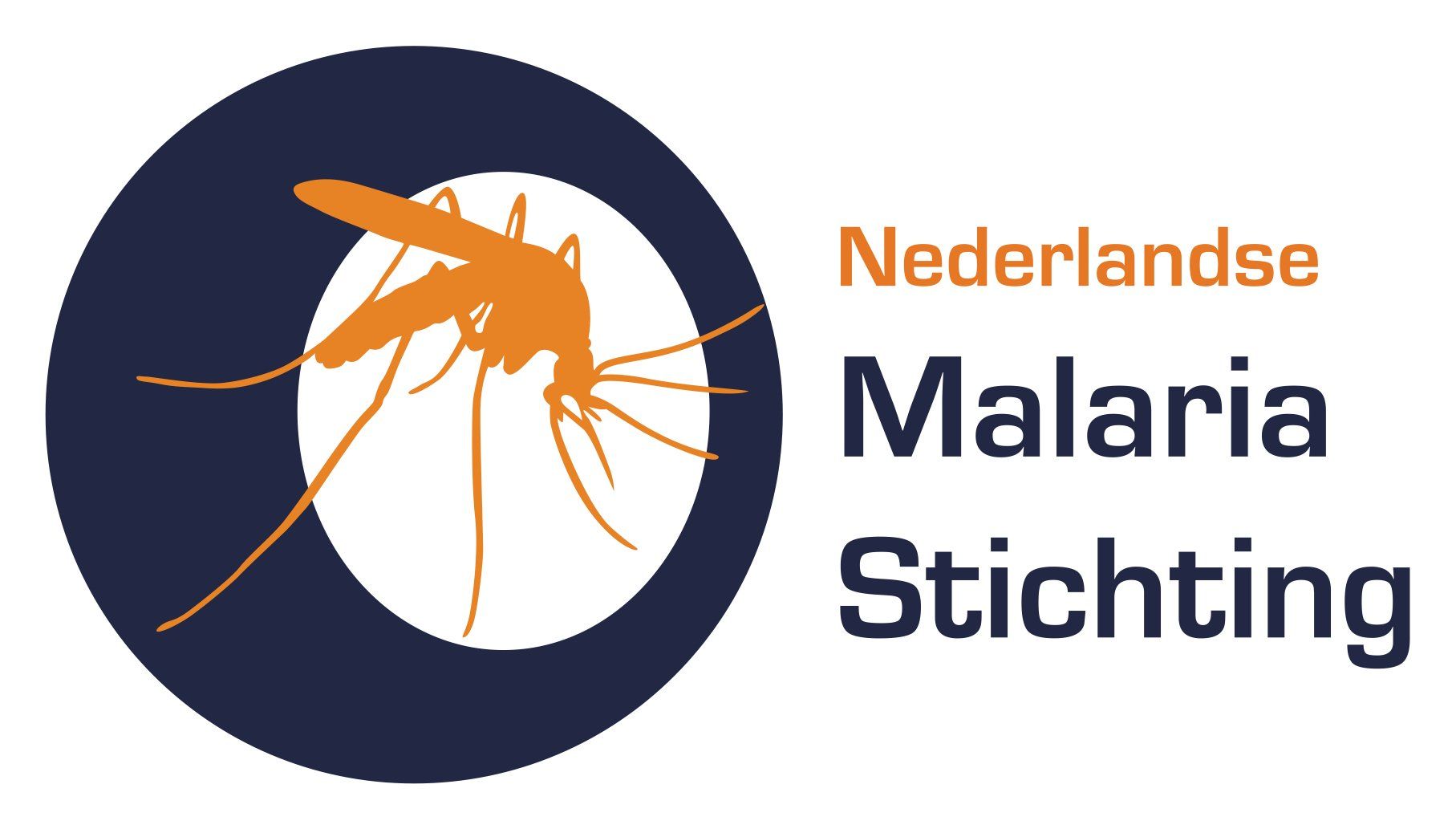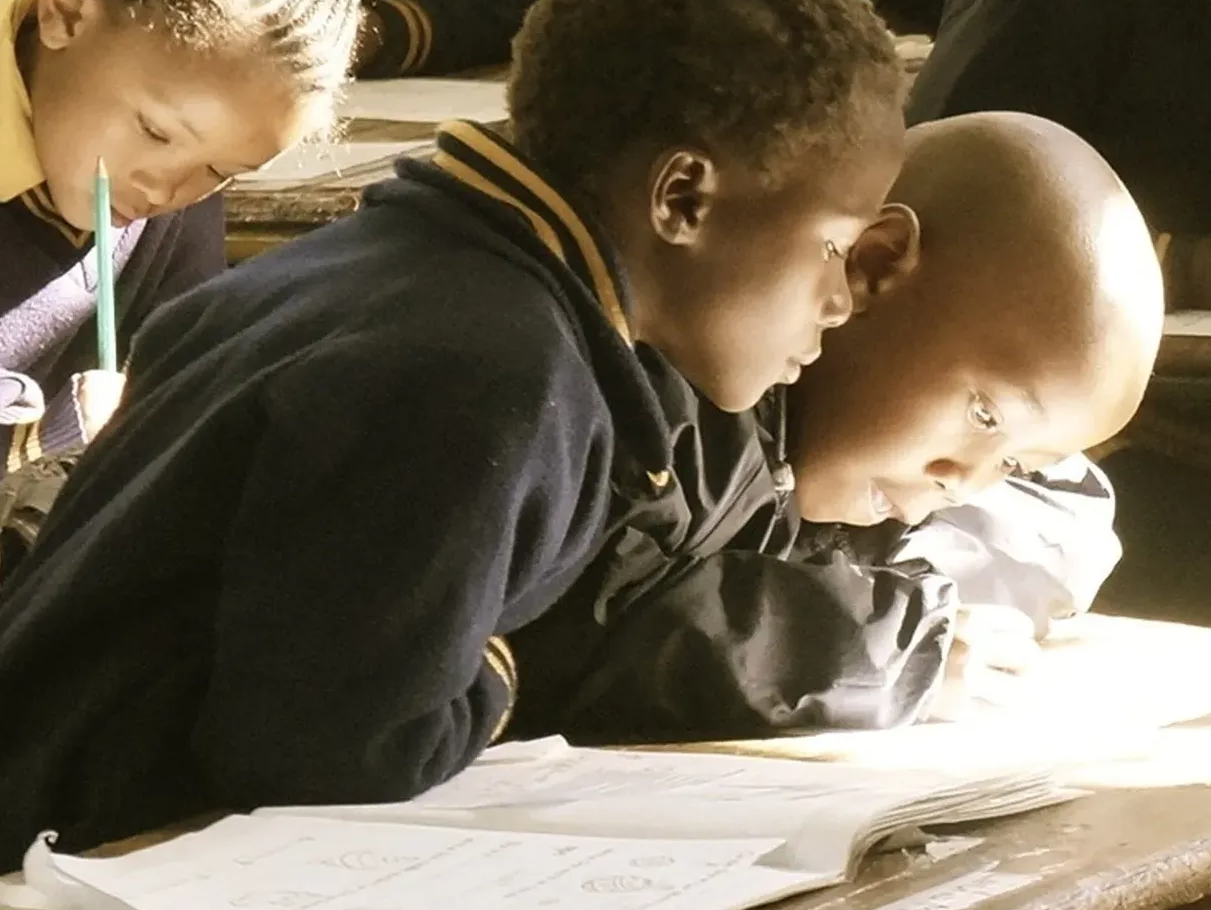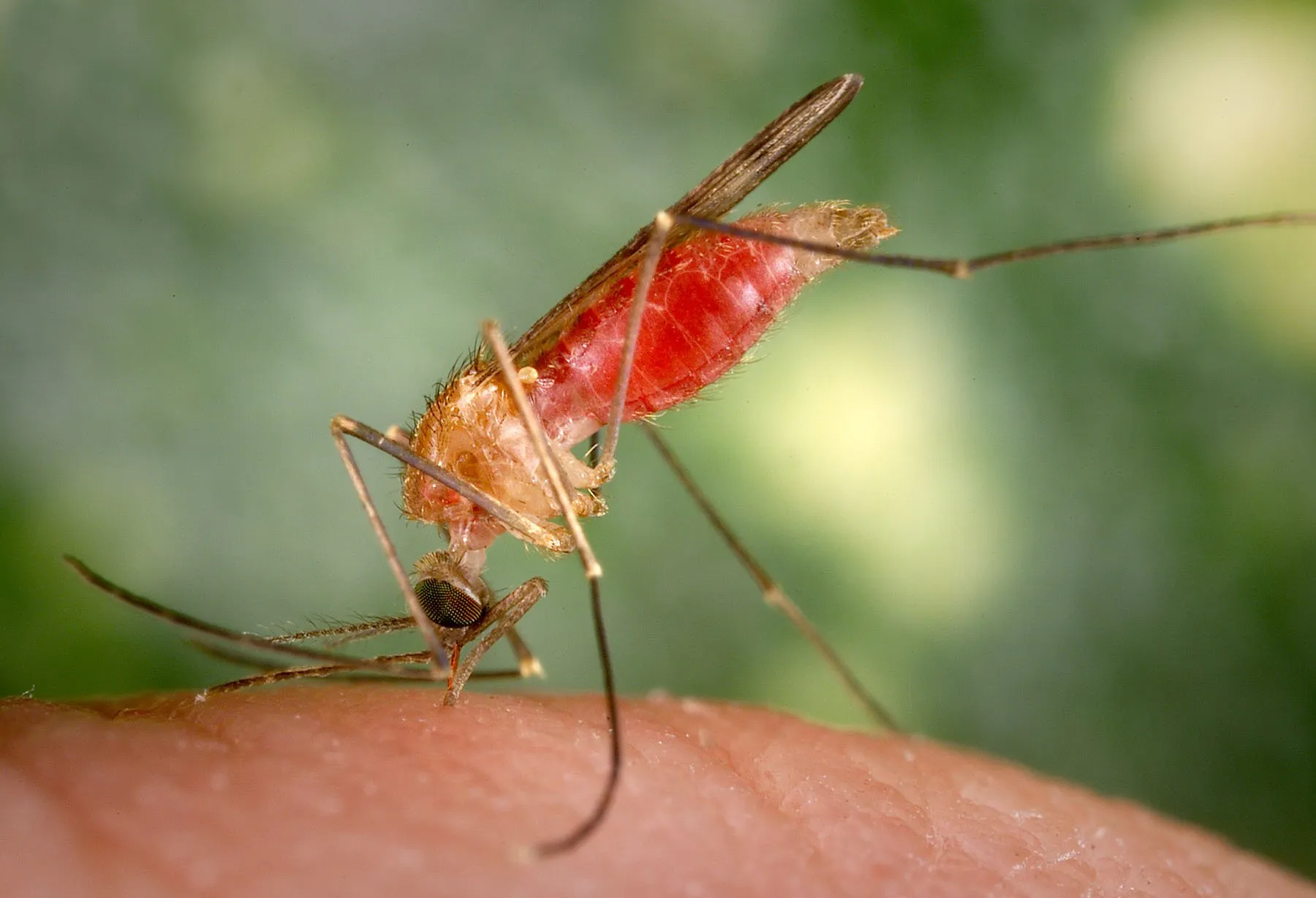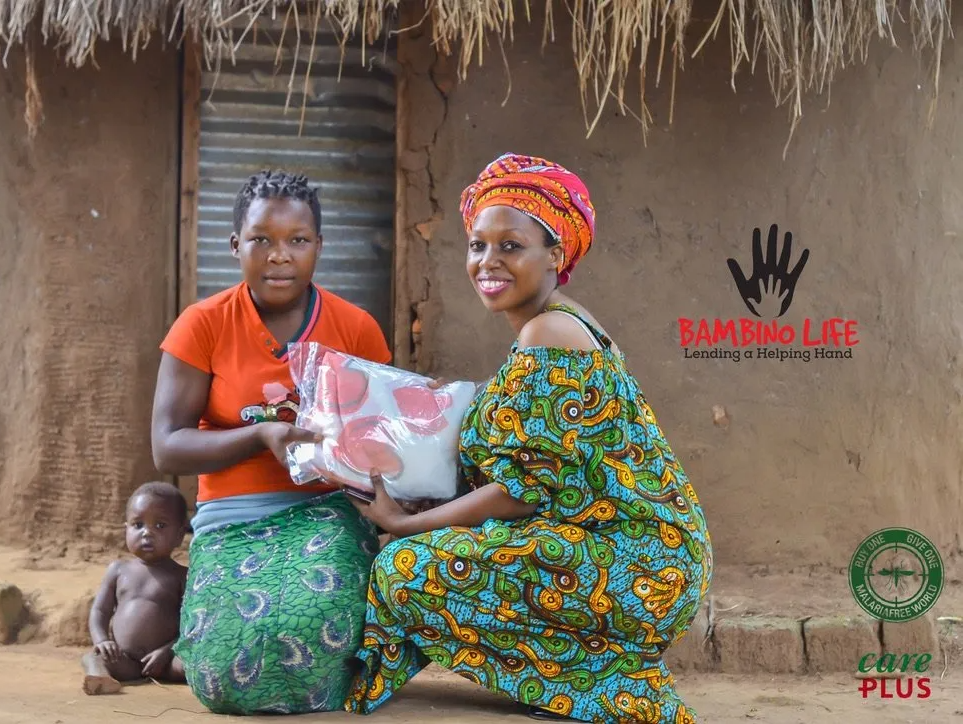COMPLETED PROJECT
Printed mosquito nets for Uganda
Protect vulnerable children against malaria
One of the most effective ways to protect children against malaria is to let them sleep under a mosquito net. They then run less risk of contracting and dying from malaria. A child who sleeps better and is sick less often also performs better at school. Malaria is the main reason for school absenteeism in Africa. Protecting children agains malaria is an investment for life.
Malaria
Malaria Malaria is a devastating disease and is transmitted by the bite of an Anopheles mosquito. This mosquito is mainly active at night. That is why people need to protect themselves against malaria after sunset. Malaria mainly affects young children and pregnant women in Africa. Fortunately, child mortality has fallen sharply over the past 20 years as a result of global malaria measures. It is estimated that more than 700 million cases of malaria were prevented and 7 million lives saved between 2000 and 2015. But still around 200 million people get malaria every year, of which more than 400 thousand die.
Achieved success
Three measures were responsible for the above success: (1) Indoor spraying of insecticides to kill mosquitoes; (2) anti-malaria drugs; and (3) protecting people with an insecticide-treated mosquito net. The latter, the mosquito net, has had the greatest impact in the fight against malaria. More than 2 billion mosquito nets have been distributed in the past decade, accounting for 68% of the success achieved. Based on research, the World Health Organization has demonstrated the protective effect of the mosquito net. That is why the mosquito net is now recommended as one of the most important preventive measures against malaria.
Printed mosquito net
The mosquito nets that the Dutch Malaria Foundation distributes are no ordinary mosquito nets. These are mosquito nets that have been improved and made more beautiful with a beautifully coloured print. “We all like different things. Watch how people dress. Different colours and different prints. And people take better care of things they like, ”says Bashir Nzabanita of Twiga Ventures in Uganda. If people can choose what they like, they will become more attached to it and take better care of it. That has been proven. The Malaria Consortium, an international non-profit organization specialized in the prevention, control and treatment of malaria in vulnerable populations, investigated the use of printed mosquito nets among 2,500 pregnant women in Uganda. The results show that printed mosquito nets were better used and maintained than regular mosquito nets. That is why the Dutch Malaria Foundation opts for printed mosquito nets: these nets are more beautiful, are used better and longer, and thus offer better protection.
Where do the printed nets go?
The mosquito nets will be handed out in Uganda.
Why in Uganda? Because Uganda ranks amongst the 3 highest malaria burden countries in the world!
Twiga Ventures, based in Uganda, purchases the mosquito nets locally and prints the nets in its own facility in Kampala. The nets will then be donated to vulnerable children, orphanages and schoolchildren. In this way we can help to protect the most needy children against malaria and stimulate local entrepreneurship.
Partners
To realize this project, the Dutch Malaria Foundation worked together with Twiga Ventures in Uganda, the Buy One Give One program of Care Plus® in the Netherlands, and HP International.







